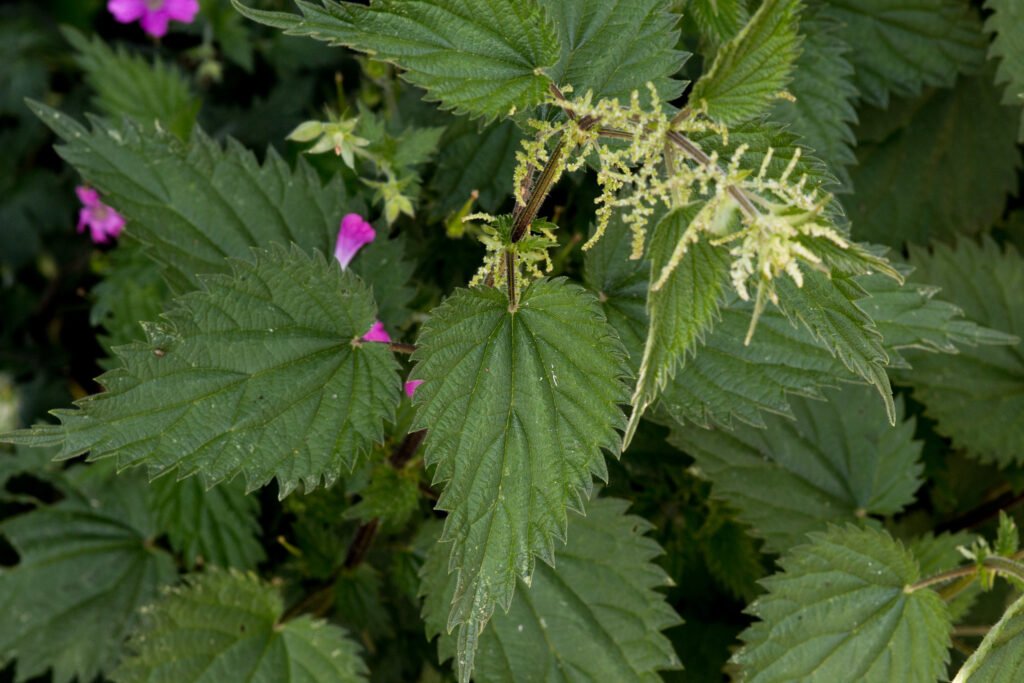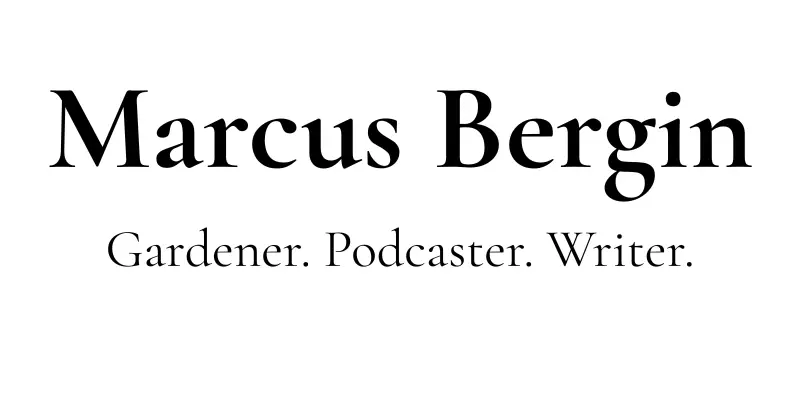Nettles in the Garden: Friend, Foe, or a Bit of Both?

Yesterday, while reclaiming a bit of ground from the ever-ambitious bindweed, I found myself tangled up, quite literally, with another plant that divides opinion, the humble stinging nettle. It had crept out from a forgotten corner behind the compost heap, tall and defiant, and for a moment I just stood there, gloves in hand, wondering whether to pull or pause.
Because here’s the truth. Nettles sting, they spread, and they’re not exactly the welcome party you hope to meet when you stroll into your garden with a cuppa. But they’re also a treasure trove of hidden benefits, tucked inside a plant we’ve all been taught to avoid.
So today’s blog is an invitation, to look again, to reconsider, and perhaps to find a place for nettles in your garden, not as a weed to be battled, but as a wild ally.
Why Gardeners Love to Hate Nettles
Let’s start with the obvious. Nettles hurt. The tiny hairs on their leaves and stems deliver a sting that can hang around for hours, itchy, irritating, and memorable. And once they’ve taken root, they don’t hang about. Nettles spread quickly by underground runners and can establish a dense, persistent patch faster than you realise.
They’re not delicate, not decorative in the traditional sense, and they don’t play nicely with other plants. Left unchecked, they can smother less vigorous companions and edge their way into borders, vegetable beds, and pathways alike.
So yes, there are very good reasons to control nettles in the wrong place. But what about the right one?
What Nettles Offer That Most Plants Don’t
Despite their sting, nettles are one of the most wildlife-friendly plants you can grow. They’re a lifeline for the caterpillars of many native butterflies, including the Small Tortoiseshell, Comma, and Peacock. Without nettles, these species struggle to complete their life cycle. For pollinators, they are a nectar-rich stopping point. For predatory insects like ladybirds and hoverflies, they’re a gathering ground.
And it doesn’t stop there. Nettles are rich in nutrients, especially nitrogen, and they make an excellent compost activator. You can also use them to brew a nitrogen-rich liquid feed, nettles plus rainwater left to steep for a couple of weeks, that rivals shop-bought fertilisers for your hungry plants.
In herbal and culinary circles, nettles have long been prized. Young leaves are packed with iron and vitamin C, and can be turned into soups, teas, and even pesto once cooked. Their sting is neutralised with heat, making them safe and surprisingly delicious.
So, Should Nettles Have a Place in Your Garden?
Yes, but with boundaries.
A patch of nettles in a wild corner can bring huge ecological value. If you’ve got the space, consider letting a few grow where they won’t interfere with everyday gardening. A border behind a shed, along a fence, or near your compost heap can be ideal. The key is to contain them. Regular trimming, before they set seed, will keep them in check.
For smaller gardens or those with children, you may choose to forgo them altogether, and that’s understandable. But if you’ve ever wanted to support local wildlife or experiment with homemade feed, even a single container-grown patch can be worth it.
Final Thoughts
Gardens thrive on balance. Not every plant needs to be well-behaved, ornamental, or entirely tame. Sometimes, the wild ones offer the richest rewards, if we give them the right setting.
So next time you spot a nettle, maybe pause. Not to let it take over, but to ask, is this a problem to remove, or a presence to reframe?
And if you’ve got nettles already, I’d love to know, how do you manage them? Have you used them in feed or compost? Have they welcomed butterflies to your garden?
Let’s keep the conversation going. Wild gardening starts with questions like these.
Happy Gardening, Marcus
